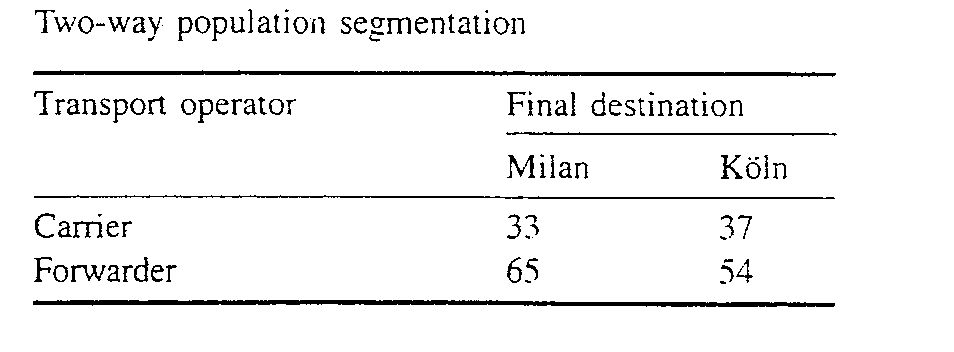
This research proposes the use of stated preference techniques in order to take into consideration the transport operators’ behaviour towards various transport and other parameters, in the prediction of the future modal split between road and combined transport. Through the development of suitable logit models for the corridor Greece – Italy – Northern Europe, the modal choice decisions are put in a wider framework where cost and time parameters are examined together with parameters concerning transport facilities availability, government subsidies and company structure, leading thus to a more complete image of how modal choice decisions are taken. Forwarders and carriers were treated separately as the former were found to have a significantly more positive approach towards combined transport than the latter. The analysis showed clearly that due to the limited development of the required infrastructure, the most important parameter affecting the future combined transport market share is the level of financial aid to the transport operators for the purchase of the required combined transport equipment. Furthermore, changes in trip cost, trip time and company annual profit due to combined transport are, as expected, parameters affecting the combined transport market share.
| ID | pj5 |
| Manuscript | |
| DOI | |
| Tags | intermodal transport, logistics, transport networks |







